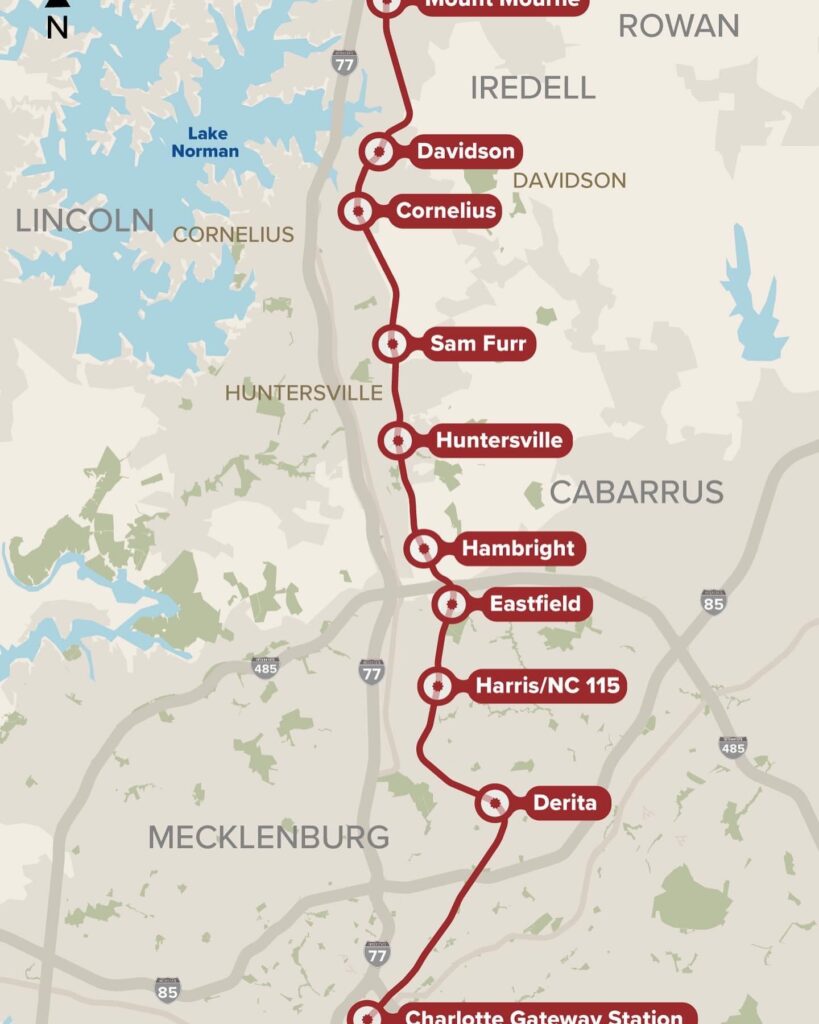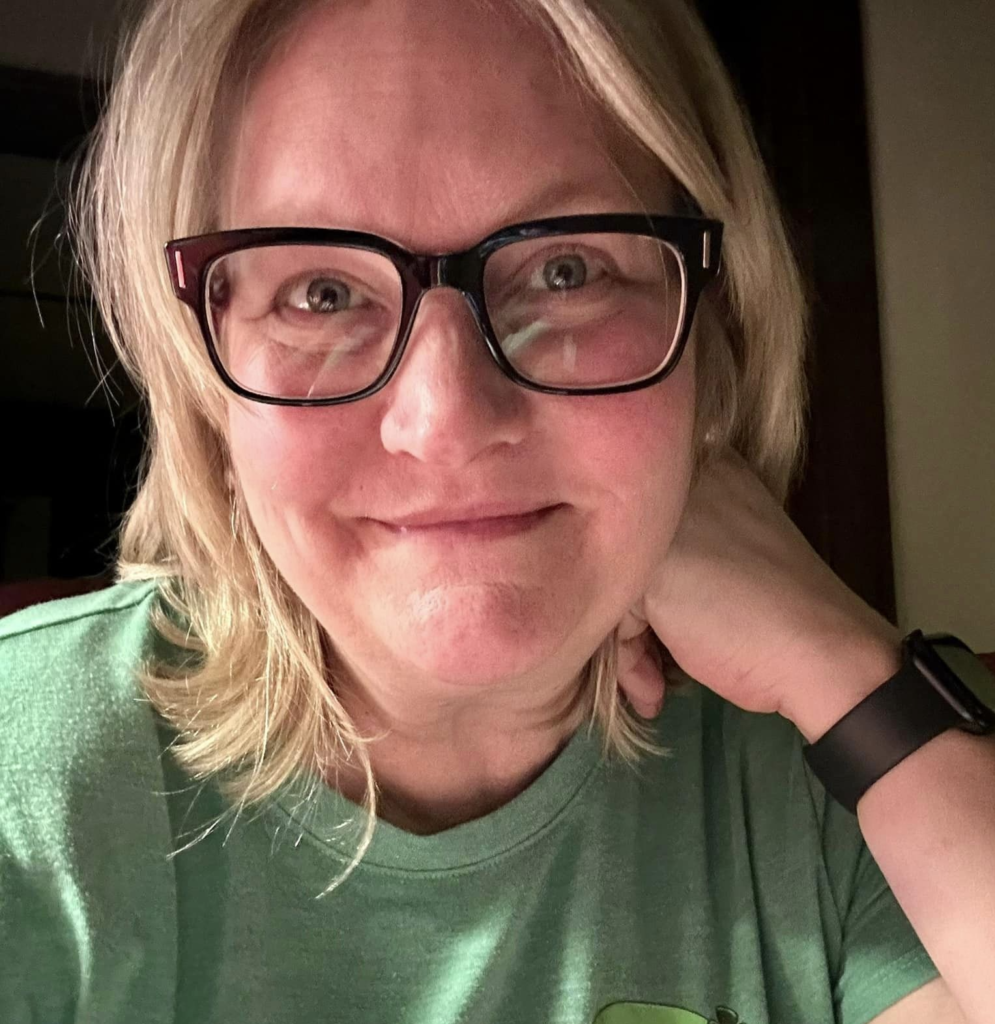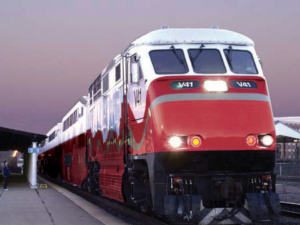“Full steam ahead” for rapid-transit rail in Mooresville? Not so fast, say Mooresville elected officials.
On April 1, the Town of Mooresville posted to its Facebook page, announcing upcoming Charlotte Area Transit System (CATS) meetings on the long-discussed Red Line Commuter Rail project which, if built, would run between Uptown Charlotte and the Lake Norman area, with Mooresville being the last of 10 stops.
A “news post” on the Town of Mooresville website states that the project — discussed in some form for decades here — “will provide reliable transportation through the establishment of a rapid-transit corridor, supporting traffic reduction along I-77 while driving economic development through the creation of transit-oriented hubs and their surrounding communities from Charlotte to Mooresville. It will also create connections to the Charlotte Gateway Station with its additional transit options and the surrounding entertainment district on one end, while providing the opportunity for future expansion into Iredell County to serve key destinations.”
Since the Facebook post was made on April 1, many social media users assumed (and plenty hoped) it was an April Fool’s joke. But the town published the post again the following day to assure people that the meetings — the first of which is scheduled for Wednesday — are not a joke.
In a response to the town’s Facebook post, Mayor Chris Carney pumped the brakes on the Red Line hype. “Just want to make sure the public knows,” he wrote as a comment under the post, “the Town Board hasn’t endorsed this and I as the Mayor will never vote to budget one dollar towards (the) building of the Red Line.”
His statement garnered both praise and questions, so we decided to ask the questions of Carney, Mayor Pro Tem Eddie Dingler and Commissioner Gary West this weekend. Here’s what they had to say:
With state and federal dollars helping fund the Red Line, why not build it?
“Nothing is free,” said Carney. “Not only financially, but the trade-off for us to have a ride into Charlotte will be higher-density housing along the rail and thousands of people driving on our secondary roads to get to our train stop, increasing already-stressed local roads.
“For a place trying to build fewer apartments,” Carney said, “why would we want something that by its very nature increases housing density?”
He and West said they both love the idea of having direct rail to Charlotte … in theory. “Would I enjoy taking a train to the airport, a ball game or a play in Charlotte? Of course I would,” Carney said. “But am I willing to have that to get a dynamically different Iredell County? I am not.”
Both West and Dingler commented on the increased traffic that being the last stop on the line would cause the town. “That one stop would be serving the entire southern end of Iredell County,” Dingler said.
It gets worse, West said. “The rail would bring thousands of people from all over town, Iredell County, Cabarrus County, Sherrills Ford — all over,” he said. “How are we going to find room for them to park? How are we going to manage the extra traffic on our roads just so people can park so they can go to Charlotte? What is the cost and the potential impact to Mooresville taxpayers to build parking and infrastructure to support it?”
Carney recalled traveling with a group of town officials to Atlanta and Washington, DC years ago when researching passenger rail. “We went to the last stops and talked to people and saw firsthand what those stops looked like: enormous parking lots and no shopping,” he said. “The people at the end of the line were in a hurry to jump in their cars and get home.”

Dingler was elected to the town board in 2012 and recalls investing hours into discussions and meetings about the Red Line only to later find out that Norfolk Southern Railway Company had never granted permission to use the 25-mile freight line needed for the passenger train. Talks last year between the City of Charlotte and Norfolk Southern, however, turned warmer, and the railroad company wrote in a letter that it would be “willing to consider engaging with the City of Charlotte and other interested parties in the region regarding the possible transaction of the O (Red) Line.”
As great as Downtown Mooresville is, Carney said he doesn’t see people hopping on a train in Charlotte to hang out in Mooresville. “It’s going to be the other way around,” he said. “Commuter rail will give people the option to move to surrounding areas, overcrowd our roads while finding work and spending money in Charlotte. We’re left with the expense. Why don’t we build more jobs here instead to give people the opportunity to not have to travel to Charlotte for work?
“As of right now,” Carney concluded, “the town board has no plan to endorse the rail as we understand it, and we need way more information to even entertain it.”
West agreed: “I have too many questions that do not allow me to support it at this time without answers to these concerns.”
With the price of gas and tolls being so high, shouldn’t Mooresville be considering modern transportation alternatives?
“The problem is that commuter rail is 100-year-old technology,” Carney said. “It’s slow, and on the tracks they have right now, we’d have one train track and one train that goes down to Charlotte and comes back. You’d probably be able to catch the train every hour.”
Worse, Carney said, “The plan that we’ve heard doesn’t get commuters a direct train ride to the Charlotte airport, which would be one of the more important things people would like to use it for.”
Somebody has to pay for the rail line, and Dingler — a local business owner along the Norfolk Southern freight line on N.C.115 — said he exercises caution when it comes to how transportation will be funded. “The toll lane was never going to cost you $20 to get to Charlotte, but it does cost you $20 to get to Charlotte,” he said.
He recalled that a decade ago, public officials “were talking about taxing anyone along the train corridor to help pay for it. But that doesn’t do anybody any good if the people paying for it don’t have a stop.”
Dingler said he’s unsure what the overall current funding plan is. More will likely be revealed in the upcoming CATS meetings:
- A virtual public meeting is scheduled for Wed., April 10, from 6-8 p.m. on CATS YouTube.
- An in-person meeting for Mooresville, Davidson and Cornelius residents will be held Tues., April 16, 6-8 p.m. at the Charlotte-Mecklenburg Library—Davidson Branch, 119 S. Main St., Davidson.
Does transit increase crime?
Several people have raised the issue of crime from Charlotte making its way into Mooresville. West echoes that concern. “Right now, we see a lot of criminal elements drive here from Charlotte to commit crime,” he said. “Does the rail give them another avenue to do this, slipping past us on their return to Charlotte?”
Transit crime, said Carney, “is a subject we haven’t gotten data on yet, but quick searches show cities across the country are struggling with transit crime. We’d be naive to not look at it and consider it as a possibility.”
Speaking of transportation, what’s an update on the N.C. 150 widening?
After a long delay, N.C. Department of Transportation anticipates starting construction on N.C. 150 in October, Carney said. “Currently they’re working on FERC permits for upgrades to all the N.C.150 bridges crossing Lake Norman, from Mooresville to Hwy. 16. This is the last piece they’re working on. They’ve assured us that even if those are delayed, they will start work towards the U.S. 21 section — between U.S. 21 and Perth Road — and that work should start in October.”






